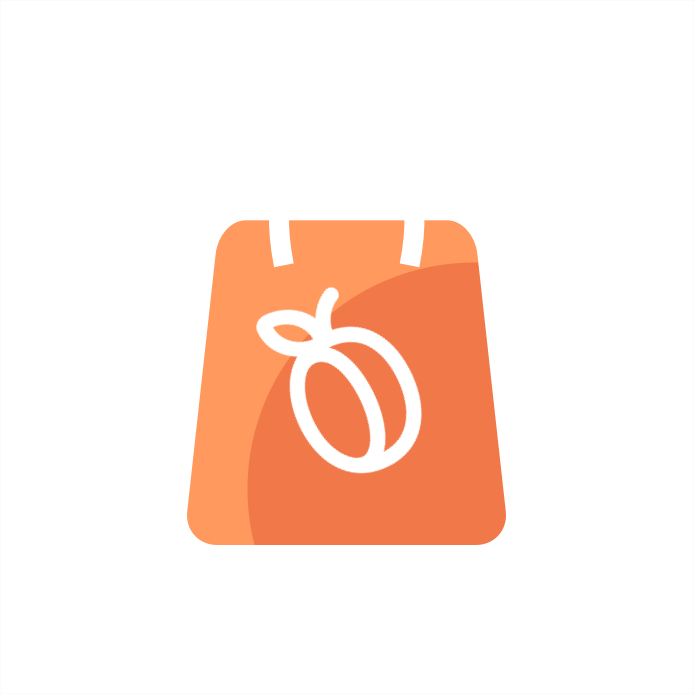10 Most Important KPIs For Your Ecommerce Business

By Pritesh B
Posted | 7 min read
Key performance indicators are a quantifiable measurement for e-commerce companies who want to determine how far they are able to meet the operational and strategic goals of their business.
While KPI’s can be different for every type of business, it is essential that they should be quantitative, practical, and actionable. Identifying the appropriate KPIs for an ecommerce store setup helps to determine business objectives that can be achieved on the basis of legitimate data.
They are instrumental in helping a business move in the right direction and improve the overall organizational health. KPI’s provide a meaningful direction to the company while measuring its progress, health and making appropriate adjustments.
To choose the right KPI’s for a B2b eCommerce business, ample attention is needed towards business goals, measurability of the KPI, growth stage of the business, and effectiveness of the KPI.
Let us walk through the best KPIs which you should start monitoring today for your online business.
1. Monthly/Quarterly Revenue
This is one of the most obvious and simple KPI that you should monitor. The month-on-month increase in revenue indicates that your business is making progress. On the other hand, if you are hitting the same numbers every month/quarter, it means that you are stuck in the business and it may be time to re-assess some other KPIs which can help you to move across some roadblocks in the way.
2. Total Store Sales
The number of sales till now in your online business. This is one of the handy KPIs that you should have by heart when anyone asks about how's your business is doing. The bigger this number, the better is your conversion with potential investors.
3. Monthly Website Traffic
Number of people visiting your website. This can be through organic means like SEO, viral content, referrals etc or through paid campaigns like Google ads, social media ads, email marketing. Big brands use a combination of both organic and paid campaigns to keep improve their website traffic.
About 20% month-on-month increase in traffic is considered as very good for any website. In the long run, it is better to rely on organic ways to improve website traffic as conversion rates in ecommerce industry are usually poor. That brings us to our next KPI - Conversion Rate.
4. Conversion Rate
Let's say after spending some time on your online store, if a visitor decides to make a purchase on the website, then Conversion Rate will show you how much of your website traffic is converting into actual sales.
For almost any online store, average conversion rates are between 2-2.5% of the total website traffic that they receive.
CONVERSION RATE = ( Total number of sales / Total number of users visiting your website) X 100%
5. Cart Conversion Rate
Simply put, cart conversion rate is the amount of cart additions that actually convert.
For example if your website has a traffic of 1000 visitors, and out of those 500 of them added a product to cart and if just 25 of them placed orders, then cart conversion rate is 25/500 * 100% = 5%
CART CONVERSION RATE = (Total number of sales / Total number of orders added to cart) X 100 %
6. Cart Abandonment Rate
Cart Abandonment Rate has been the biggest challenge for ecommerce store owners. Most of the times, people spending time shopping online are in a hurry. They'll add something they like to the cart but will shy away from purchasing due to various reasons. As a online store owners, your goal is to convert these folks into paying customers.
Cart Abandonment Rate is an indicator of how well you've succeeded in this mission. Continuing our previous example, cart abandonment rate would be 95%
CART ABANDONMENT RATE = 1 - Cart Conversion Rate
People abandon cart mainly due to poor checkout experiences or surprise additional costs like shipping, tax, etc. There are several ways to improve cart abandonment rates.
7. Average Order Value (AOV)
Average order value, commonly known as AOV is calculated by dividing the total sales revenue by number of orders received till date. This is again an important metric which is loved by investors. AOV is a clear indicator of how much money you are making through your online store. It is often called as source of truth indicator.
Lets say if you are selling shoes online with prices starting from $19 all the way to $399, and if your AOV is $35, then it means that even if you are selling more of the low priced shoes, chances are your business won't be profitable due to the operational costs of shipping and packaging and returns of orders. On the other hand, if your AOV is $229, there is reasonable margin to cover your operational overhead expenses, leaving you with a sustainable business. i.e.Higher AOV = Sustainable business
8. Gross Margin
Gross margin defines whether you have a profitable business or not. In layman's term, Gross Margin is Total Revenue - Costs of Products Sold.
It is obvious to be focusing on increasing the gross margins. But, it may not be as straightforward. There are several factors which directly or indirectly affect your gross margins.
For example,. If you are selling bamboo toothbrushes, your primary expenses are - sourcing quality bamboo, factory setup, skilled workers, FDA approvals etc. Lets say if a single toothbrush cost you $5 to make and you are able to sell it at $30, then your gross margin is $25. This brings your Gross Margin Rate as (Gross Margin / Revenue) * 100 Gross Margin Rate = 25/30 * 100 % = 83.33 %
Realistically, ecommerce industry standard for gross margin rates are about 35%
9. Customer Acquisition Costs
CAC is the expenses beard to acquire a customer.
Suppose you are running Facebook ad campaign of $300 for your new online sneakers store and let's say 10 people visited your website and 2 made a purchase (20% closure rate).
Here, your CAC is $150 per customer as you spent $300 to acquire 2 customers. Now, if total sales made by these 2 customers is less than $300, then you have a negative Return on Investment (ROI) as you lost money on each purchase. On the other hand, if total sales are greater than $300, you have a positive ROI.
10. Repeat Purchase Rate
Percentage rate of number of users making repeat purchases on your website. It's a well known fact that cost of acquiring a new customer is always going to be very high compared to selling to a repeat customer.
Having a higher repeat purchase rate will help in reducing your CAC as well as in managing your marketing spends. It also implies that you have one or more top selling products which are in high demand and improves your customer lifetime value.
Conclusion
For any business, whether it is offline or online, tracking key performance indicators or KPIs determine how different segments of a business are performing and what can be done to improve those.
The 10 KPIs listed above are a solid indicator of how you are doing in your business. Although this article have listed out which KPIs to track, calculating them every week, every month, every quarter should not be an additional overhead task for you. There are several business intelligence tools that will provide you with this data once you connect your ecommerce website with them.
On the other hand, Storeplum's dashboard provides all of these metrics for you as you log in. The dashboard is not just limited to the above mentioned KPIs but it also provides other valuable information like traffic analysis by demographics, lifetime value of customers, top selling products and more.
Starting an online store is with Storeplum is very easy. With a few clicks, you can select your store name, theme and start adding products to sell. Try it for yourself! We are offering a 7 day free trial.

Ecommerce advocate and Co-founder at Storeplum. I like to write about current trends in ecommerce, best practices and innovative ways on improving online store conversions.

